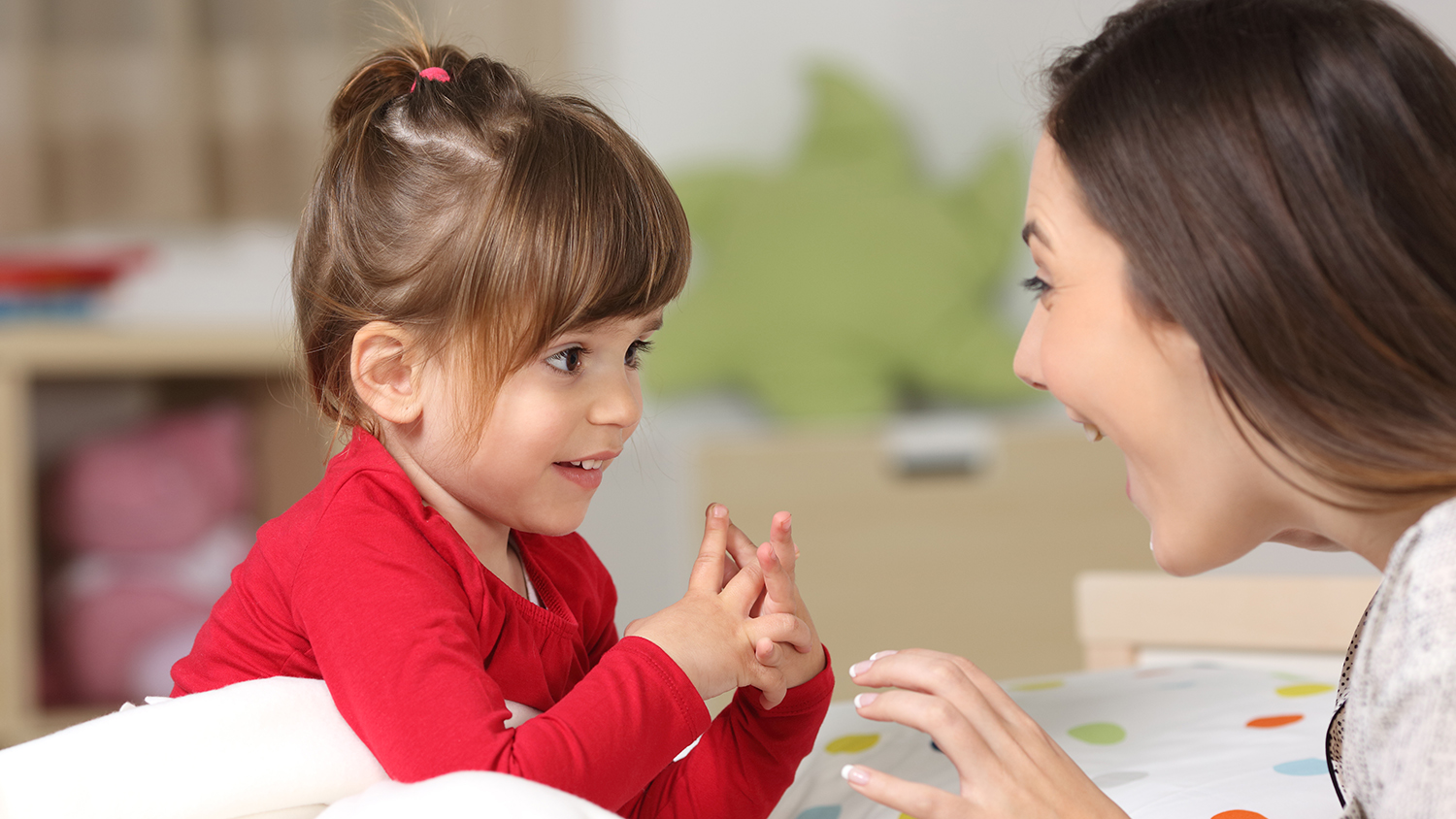Bilingual Children Show Keener Understanding of Their Communication Partners

Successful communication requires the ability to cooperate and adapt. To respond appropriately to a communication partner, it is important to understand their intentions and communicative needs. A study by developmental psychologists at UZH explored the extent to which children aged 3 and 4 are able to do this.
Understanding a partner’s needs
To this end, the researchers first asked the monolingual and bilingual children to hide puzzle pieces in different places. Two interaction partners in the form of glove puppets – a ladybird and a grasshopper – then went looking for them. The children could watch them search and give clues. The two interaction partners responded quite differently to the help offered by each child. While the ladybird expressed thanks for every hint, the grasshopper preferred to find the puzzle pieces by himself, rejecting any help offered. The researchers then observed how the children behaved in this situation and whether or not they could distinguish between the different needs.
Subtle vs. explicit help
It emerged that the monolingual and bilingual children were equally helpful to both interaction partners. However, there were differences in the way in which they communicated with their interaction partners. The bilingual children often helped the grasshopper non-verbally, by removing the puzzle piece from the hiding place and inconspicuously putting it somewhere where he could easily find it himself. By contrast, the monolingual children continued to give the grasshopper explicit verbal instructions (e.g. “try looking over there”). In other words, the bilingual children adapted to the need of the grasshopper to find the puzzle pieces himself, whereas the monolingual children did not.
Experience of differing communication styles
“The communication behavior of bilingual children is characterized by a greater sensitivity to their interaction partner and a greater flexibility in choosing their means of communication,” summarizes UZH developmental psychologist Anja Gampe. She and her co-authors suggest that this could be because bilingual children have to manage challenging communication situations more often, and are confronted with differing and indirect communication styles. “This may result in bilingual children better understanding the communicative signals of others, and having to communicate their own needs more flexibly, including by non-verbal means,” says co-author Stephanie Wermelinger.
Literature:
Gampe, A., Wermelinger, S., & Daum, M. M. Bilingual children adapt to the Needs of their communication partners, monolinguals do not. Child Development, January/February 2019: DOI: 10.1111/cdev.13190